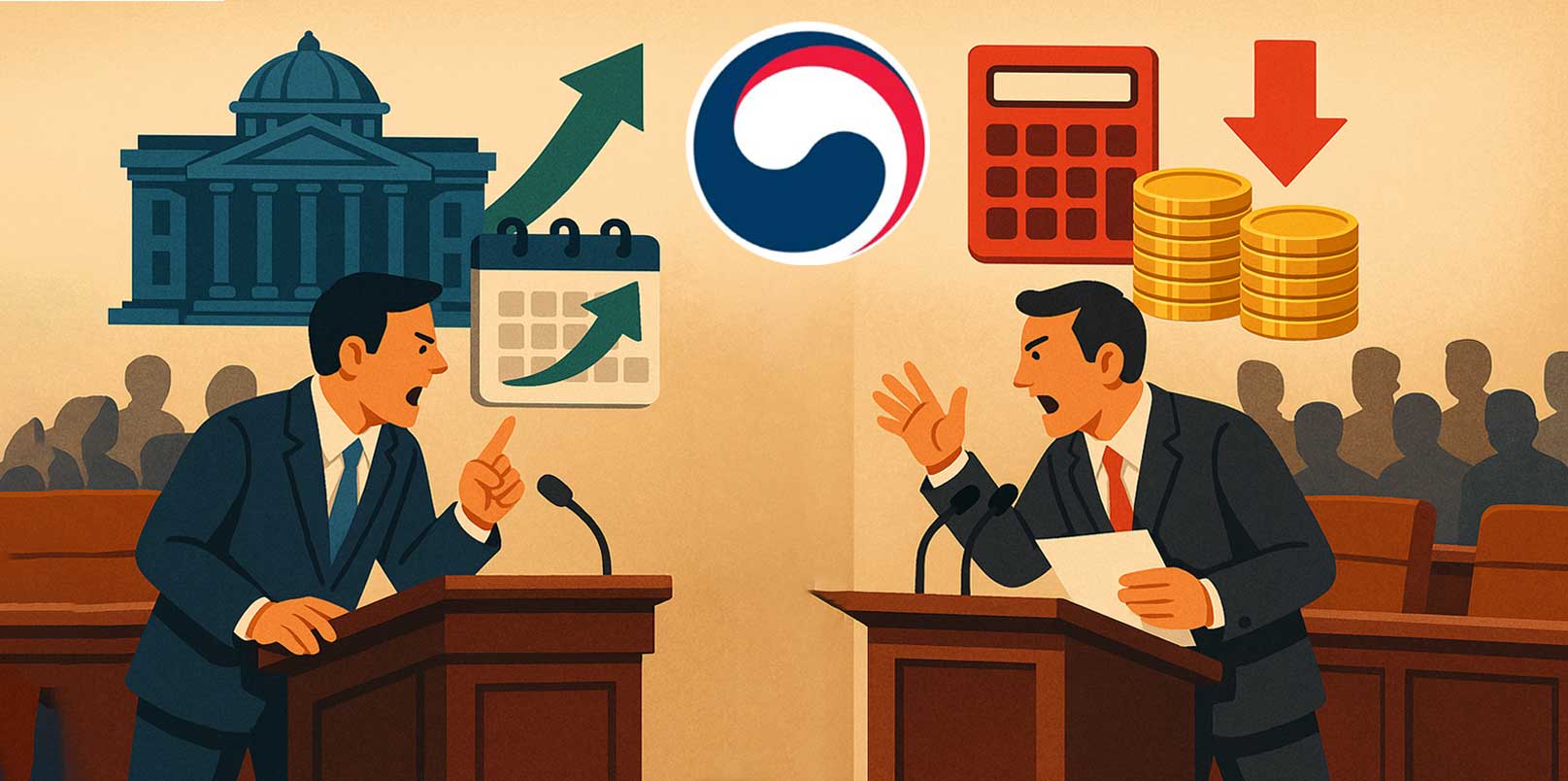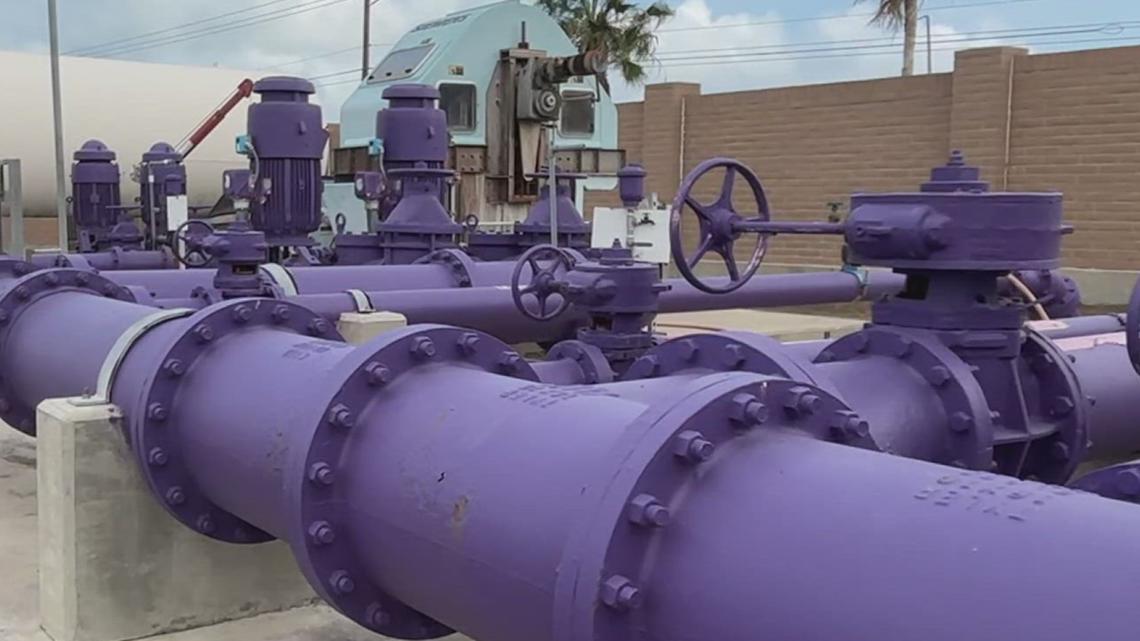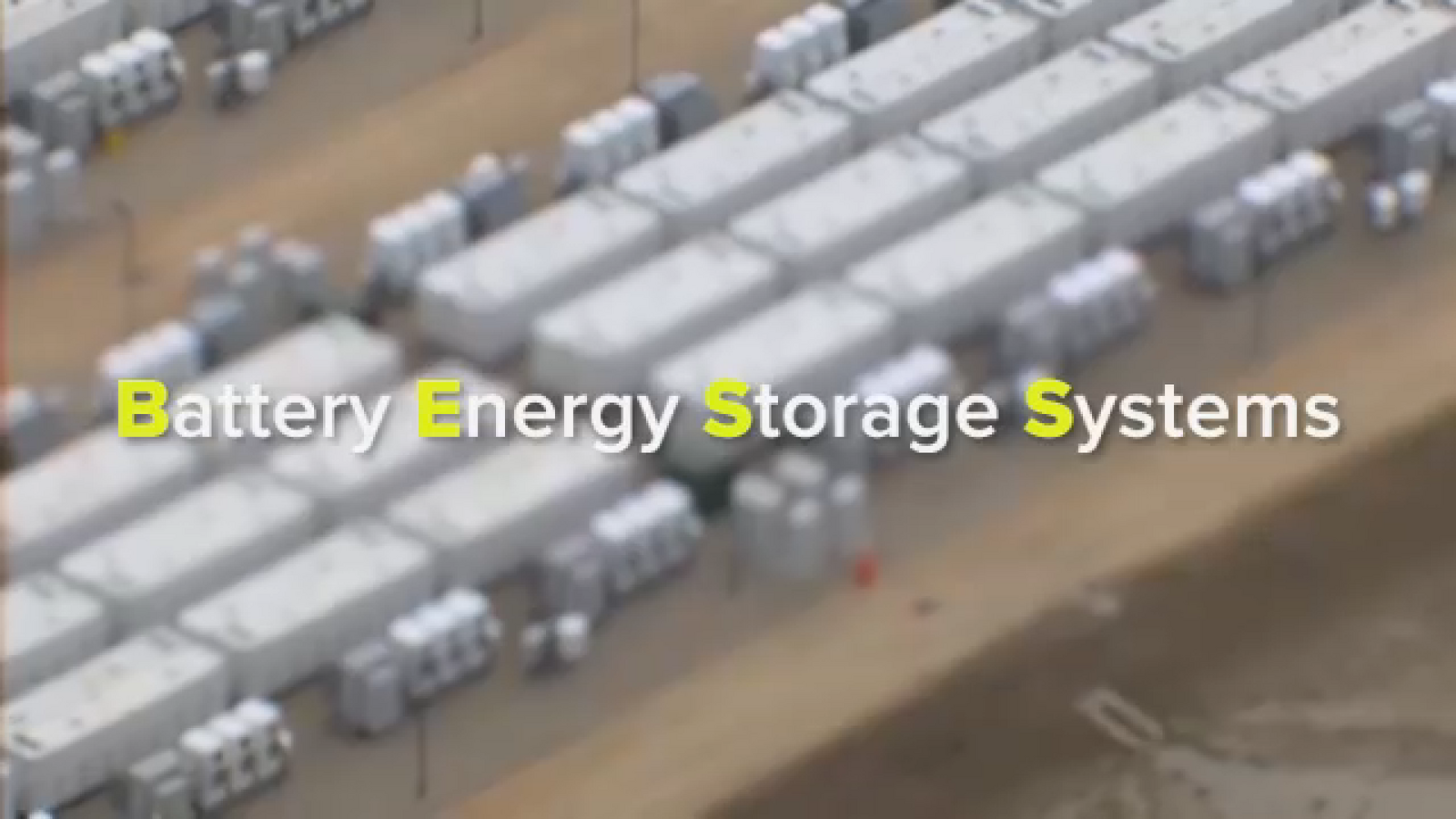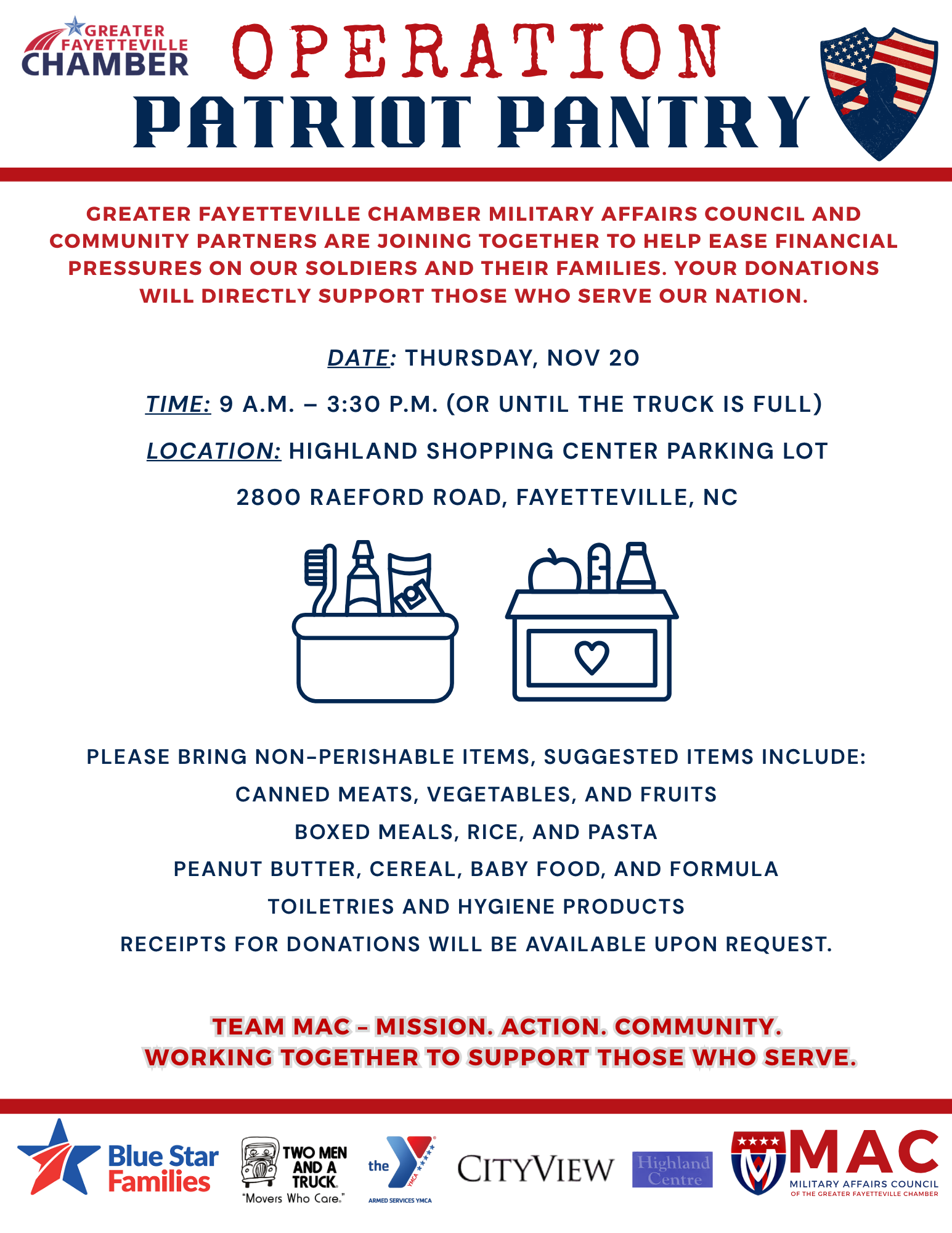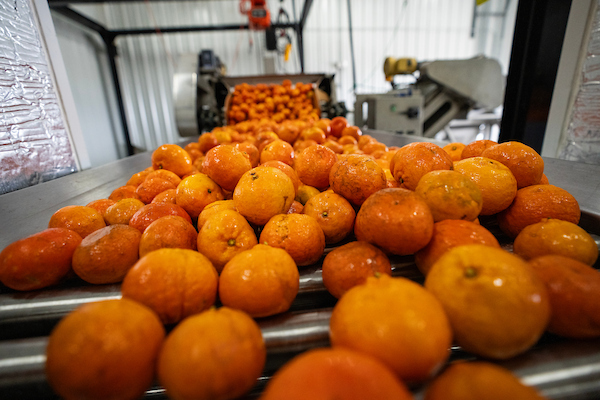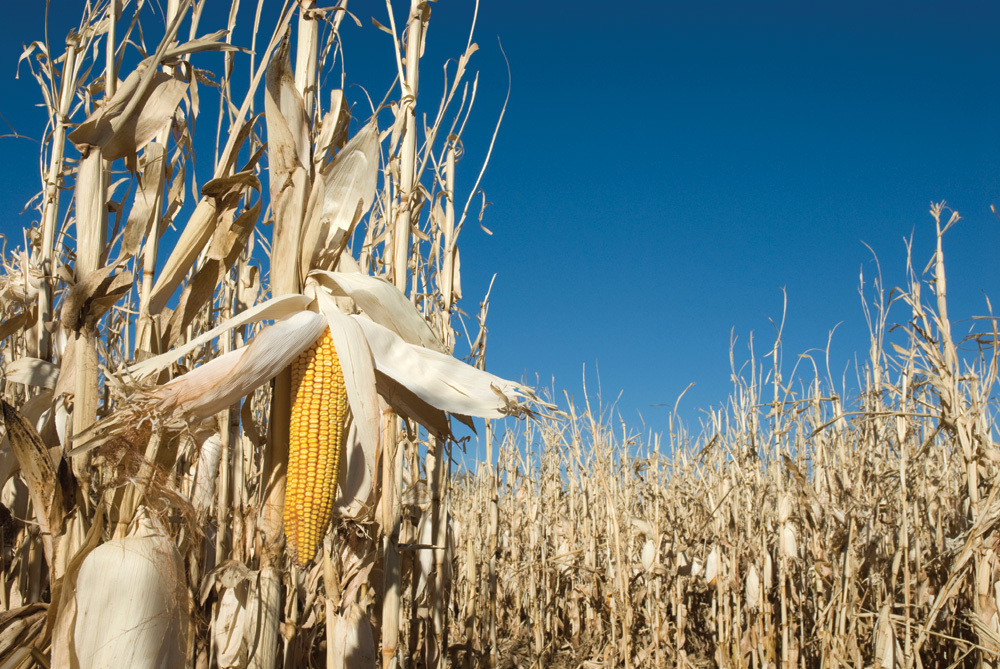Next-generation farmers embrace technology to keep up with America’s demand for food production – WTVM.com

Report on Agricultural Succession and its Alignment with Sustainable Development Goals
Executive Summary: The Challenge to Food Security (SDG 2)
The United States agricultural sector faces a significant challenge that threatens the stability of the national food supply chain and the achievement of Sustainable Development Goal 2 (Zero Hunger). This report analyzes the issue through a case study, highlighting how next-generation farmers are implementing innovative solutions aligned with multiple SDGs.
- Aging Workforce: The most recent data indicates the average age of an American farmer is 58, posing a risk to future food production capacity as this generation approaches retirement.
- Food Supply Chain Risk: Experts, including a 2023 report by then-Senator Mike Braun, have expressed concern that the nation’s food supply is in jeopardy without a new generation to manage agricultural demands.
Case Study: Generational Transition and Technological Innovation in Nebraska
The work of sixth-generation farmers Jett and Grady Johnson in rural Nebraska provides a model for addressing these challenges. Their approach integrates tradition with modern technology, directly contributing to several Sustainable Development Goals.
Alignment with Sustainable Development Goals
SDG 9: Industry, Innovation, and Infrastructure & SDG 12: Responsible Consumption and Production
The Johnson farm has modernized its operations not for superficial reasons, but to improve efficiency and financial returns, embodying principles of sustainable industry and responsible production.
- Precision Agriculture: The use of advanced technology, including self-driving tractors, allows for the precise metering of seeds and chemicals. This innovation reduces waste and optimizes resource use.
- Reduced Chemical Usage: Through precision spraying, the operation has significantly decreased its reliance on chemicals, a key component of sustainable production patterns (SDG 12).
- Waste Valorization: A secondary revenue stream was created by removing and selling excess crop residue to feedlots. This initiative transforms a waste byproduct into a valuable resource, promoting a circular economy within the agricultural sector.
- Future Automation: The farm anticipates further integration of automation for planting, harvesting, and spraying, signaling a commitment to ongoing innovation for sustainable intensification.
SDG 8: Decent Work and Economic Growth
The continuation and modernization of the family farm demonstrate a commitment to sustainable economic growth and the creation of decent work in a rural area.
- High Capital Investment: Modern farming requires multi-million dollar investments, driving economic activity in related sectors like equipment manufacturing and technology.
- Economic Resilience: The development of additional revenue streams, such as selling crop residue, strengthens the farm’s financial stability and long-term viability.
- Generational Succession: By taking over the family business, the Johnson brothers ensure the continuity of a legacy enterprise that supports the local economy and contributes to national food security.
Analysis of Sustainable Development Goals in the Article
1. Which SDGs are addressed or connected to the issues highlighted in the article?
The article highlights issues and solutions in modern farming that connect to several Sustainable Development Goals. The primary SDGs addressed are:
- SDG 2: Zero Hunger: The article’s central theme is the future of food production and the challenge of meeting demand as the current generation of farmers retires.
- SDG 8: Decent Work and Economic Growth: It discusses the economic viability of farming, the high overhead costs, and the need for farmers to create additional revenue streams to maintain a sustainable business.
- SDG 9: Industry, Innovation, and Infrastructure: The article heavily features the role of technology, modernization, and automation in making farming more efficient and productive.
- SDG 12: Responsible Consumption and Production: It touches upon sustainable practices, such as the precise use of chemicals and the repurposing of agricultural residue, which promotes resource efficiency and waste reduction.
2. What specific targets under those SDGs can be identified based on the article’s content?
Based on the article’s content, the following specific targets can be identified:
-
SDG 2: Zero Hunger
- Target 2.3: By 2030, double the agricultural productivity and incomes of small-scale food producers. The article profiles a small-scale family farm run by the Johnson brothers, who are actively working to “improve the bottom line” and create “additional revenue streams” through innovation.
- Target 2.4: By 2030, ensure sustainable food production systems and implement resilient agricultural practices that increase productivity and production. The use of advanced technology for precise planting and spraying, as well as managing crop residue, are examples of implementing resilient and sustainable agricultural practices to secure the future food supply.
-
SDG 8: Decent Work and Economic Growth
- Target 8.2: Achieve higher levels of economic productivity through diversification, technological upgrading and innovation. The article showcases this target through Grady Johnson’s creation of a “separate revenue stream” from crop residue and the family’s multi-million dollar investment in modern technology to improve efficiency and returns.
-
SDG 9: Industry, Innovation, and Infrastructure
- Target 9.4: By 2030, upgrade infrastructure and retrofit industries to make them sustainable, with increased resource-use efficiency and greater adoption of clean and environmentally sound technologies and industrial processes. The Johnson brothers’ use of tractors with technology that “will drive itself” and precisely meters seeds and chemicals is a direct example of upgrading agricultural processes for greater resource-use efficiency.
-
SDG 12: Responsible Consumption and Production
- Target 12.2: By 2030, achieve the sustainable management and efficient use of natural resources. The article implies progress toward this target by stating that precise spraying technology has significantly reduced chemical usage, with Grady Johnson noting, “What we were spraying has been 10 percent five years ago.”
- Target 12.5: By 2030, substantially reduce waste generation through prevention, reduction, recycling and reuse. Grady Johnson’s high school project, which turned excess crop residue into “another revenue stream to feed lots,” is a clear example of reducing and reusing agricultural waste.
3. Are there any indicators mentioned or implied in the article that can be used to measure progress towards the identified targets?
The article mentions or implies several indicators that can measure progress:
-
For SDG 2 (Zero Hunger)
- Indicator related to Target 2.3 (Productivity and Income): The creation of an “additional revenue stream” from crop residue is a direct, albeit qualitative, indicator of increased and diversified income for a small-scale food producer.
-
For SDG 9 (Industry, Innovation, and Infrastructure)
- Indicator related to Target 9.4 (Resource-Use Efficiency): The statement that chemical spraying has been reduced by a significant margin (“10 percent five years ago”) serves as a quantifiable indicator of increased resource-use efficiency through technology adoption.
-
For SDG 12 (Responsible Consumption and Production)
- Indicator related to Target 12.5 (Waste Reduction): The successful conversion of “a lot of residue” from a problem (“hard time tilling through it”) into a valuable product for feed lots is a practical indicator of waste reduction through reuse.
4. Summary Table of SDGs, Targets, and Indicators
| SDGs | Targets | Indicators |
|---|---|---|
| SDG 2: Zero Hunger | Target 2.3: Double the agricultural productivity and incomes of small-scale food producers.
Target 2.4: Ensure sustainable food production systems and implement resilient agricultural practices. |
Creation of an “additional revenue stream” from crop residue, indicating diversified and increased income. |
| SDG 8: Decent Work and Economic Growth | Target 8.2: Achieve higher levels of economic productivity through diversification, technological upgrading and innovation. | Investment in million-dollar modern farming equipment to “improve the bottom line.” |
| SDG 9: Industry, Innovation, and Infrastructure | Target 9.4: Upgrade infrastructure and retrofit industries to make them sustainable, with increased resource-use efficiency. | Adoption of precision technology in tractors that meter seeds and chemicals, leading to a significant reduction in spray usage. |
| SDG 12: Responsible Consumption and Production | Target 12.2: Achieve the sustainable management and efficient use of natural resources.
Target 12.5: Substantially reduce waste generation through prevention, reduction, recycling and reuse. |
A stated reduction in chemical spraying (“10 percent five years ago”).
Repurposing excess crop residue as a product for feed lots, turning waste into a resource. |
Source: wtvm.com
What is Your Reaction?
 Like
0
Like
0
 Dislike
0
Dislike
0
 Love
0
Love
0
 Funny
0
Funny
0
 Angry
0
Angry
0
 Sad
0
Sad
0
 Wow
0
Wow
0










